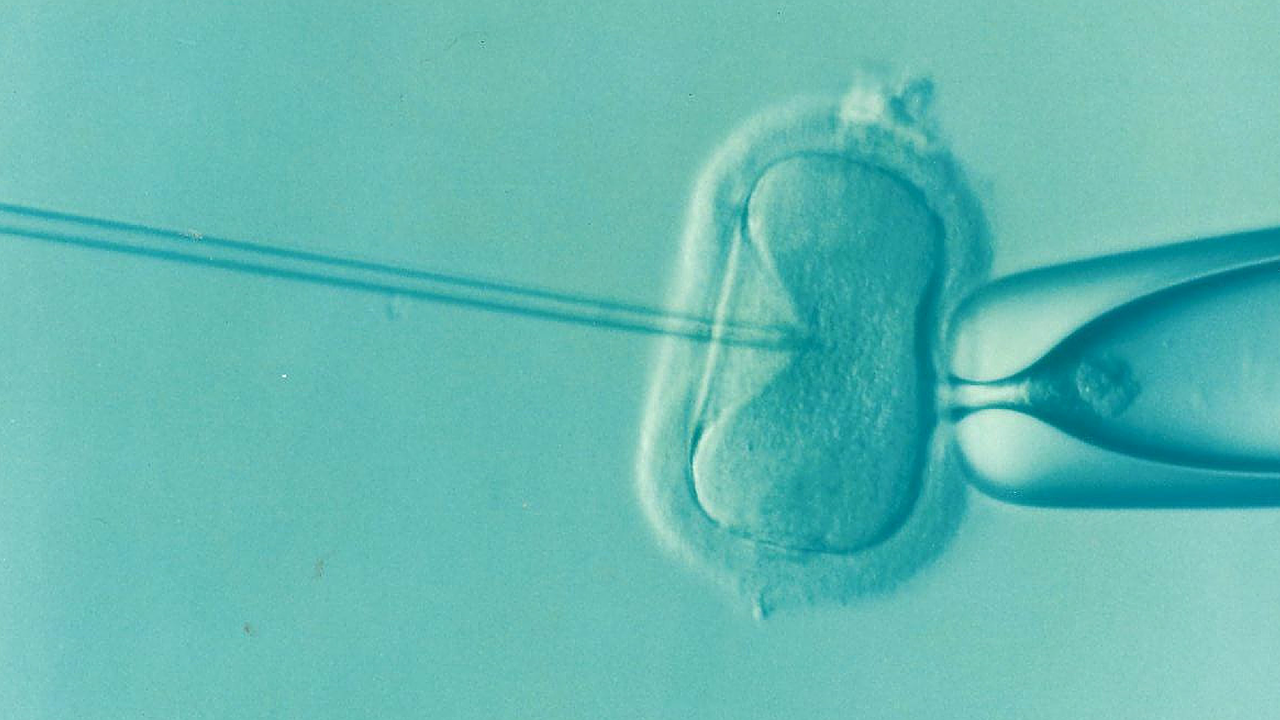The fertility industry: profiting from vulnerability
By Editorial Staff,
The Lancet
| 07. 20. 2024
Image by DrKontogianniIVF from Wikimedia Commons
Despite major advances in securing sexual and reproductive rights globally, one aspect is continually neglected: infertility. Evolving gender norms and financial precariousness have led to delayed childbearing, which increases infertility in both males and females. An estimated one in six people are affected. However, there is insufficient awareness about fertility decline, the risk factors, and viable treatments for infertility. Assisted reproductive technologies (ARTs), particularly in-vitro fertilisation (IVF), help many. Almost 50 years after the birth of the first baby conceived by IVF was reported in The Lancet, this method is used in 9% of births in some high-income countries. Such advances have enabled millions to have children. However, the fertility sector has now spawned an entire industry that risks exacerbating rather than alleviating the psychological toll of infertility and does little to help reduce inequities in access to quality care.
Medical advances have helped increase the effectiveness of IVF. In women aged 35–37 years in the UK, the livebirth rate per embryo transferred increased from 6% in 1991 to 25% in 2019...
Related Articles
By Courtney Withers and Daryna Zadvirna, ABC News | 12.03.2025
Same-sex couples, single people, transgender and intersex West Australians will be able to access assisted reproductive technology (ART) and surrogacy, almost a decade after reforms were first promised.
The landmark legislation, which removes the requirement for people to demonstrate medical...
By Rachel Hall, The Guardian | 11.20.2025
Couples are needlessly going through IVF because male infertility is under-researched, with the NHS too often failing to diagnose treatable causes, leading experts have said.
Poor understanding among GPs and a lack of specialists and NHS testing means male infertility...
By Grace Won, KQED [with CGS' Katie Hasson] | 12.02.2025
In the U.S., it’s illegal to edit genes in human embryos with the intention of creating a genetically engineered baby. But according to the Wall Street Journal, Bay Area startups are focused on just that. It wouldn’t be the first...
Several recent Biopolitical Times posts (1, 2, 3, 4) have called attention to the alarmingly rapid commercialization of “designer baby” technologies: polygenic embryo screening (especially its use to purportedly screen for traits like intelligence), in vitro gametogenesis (lab-made eggs and sperm), and heritable genome editing (also termed embryo editing or reproductive gene editing). Those three, together with artificial wombs, have been dubbed the “Gattaca stack” by Brian Armstrong, CEO of the cryptocurrency company...




